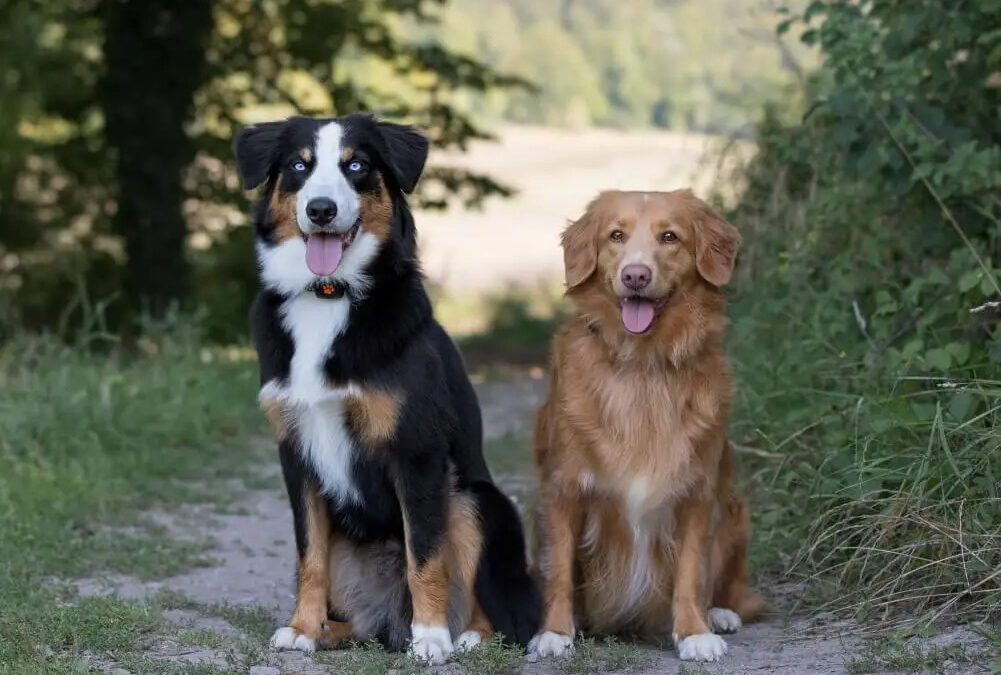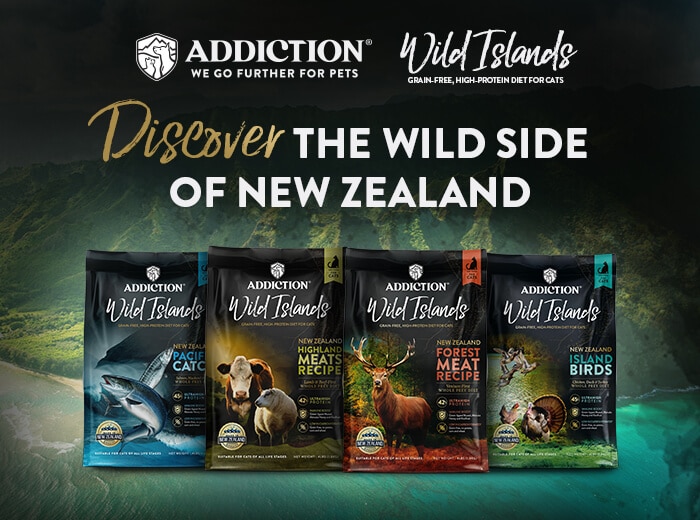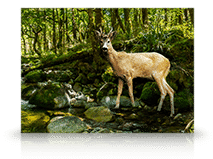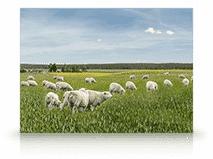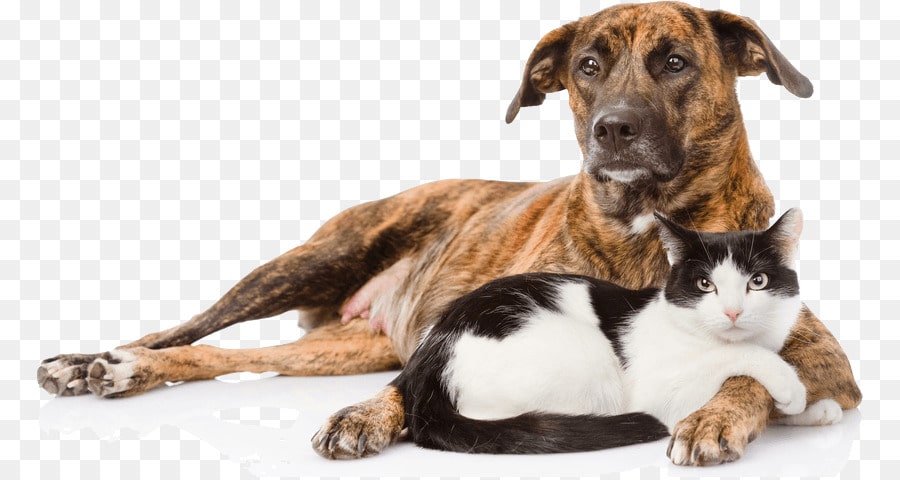Raw feeding for dogs has become quite the trend online. In 2018, ASMR videos on YouTube and all-raw diet videos on TikTok feature owners feeding their pets uncooked food. One user even amassed 50 million likes alone, with commenters asking help with transitioning pets to the same kind of feeding pattern.
While this trend has gained quite some traction online, giving this kind of diet to dogs may not be as beneficial as what online influencers may claim. Here’s a short history of how this practice came to be, and why it’s important to consider safer alternatives to raw food for dogs.
What is raw feeding
The trend of raw feeding dates before these TikTok and YouTube videos became popular, with instances recorded as early as 2002 with raw chicken diets fed to dogs, according to the U.S. National Library of Medicine.
Raw-feeding, as the name implies, involves feeding uncooked food for pets with the belief that raw food is more natural and is free of preservatives and harmful chemicals. Ingredients in such a diet can include meat or organs from pigs, chickens, and cattle. Uncooked fruits and vegetables are popular choices as well.
Owners believe that eating raw meats allow dogs to absorb more protein to help muscle growth. Sweet potatoes, peas, rice, and broccoli are common additions too. They believe that these contain the needed carbohydrates, vitamins, and minerals to aid proper digestion and energy that dogs need for a healthy life.
While there is no factual evidence that can be cited about the benefits of such a diet, these videos remain trendy anyway. However, veterinarians like Dr. Gary Richter, Chief Veterinary Officer of the American Kennel Club, strongly warn against this practice, especially if there are immunocompromised people who live with these pets. After all, there’s always a risk of parasites or bacteria in raw food being transmitted from pets to humans. People who have less than adequate immunity have a bigger risk of contracting diseases like Salmonella this way.
The risks of raw food
Feeding your dog raw meat can be dangerous. Because of the rising trend of giving pets raw foods for their perceived “freshness”, the U.S. National Library of Medicine conducted a study in 2006 analyzing 240 samples from commercially prepared raw meat dog diets, dry, and canned foods. Out of these, 6% of the raw food diets tested positive for Salmonella. E. Coli was also isolated and found in almost 50% of the raw food diets.
While infections and symptoms from these bacteria may be uncommon in pets, they can still be carriers, according to the FDA.
This can present a possible risk of transmission given that dog owners need to clean up after their pets. There may be no direct contact when owners clean up the mess their dogs leave behind, but the fact that pet-to-human transmission can happen still makes the prospect of raw feeding a risk in itself. In fact, the National Library of Medicine in a 2005 report recorded cases of such a transmission.
In that incident, a Salmonella outbreak happened in an animal shelter and 3 animal companion facilities. 18 people and 36 animals tested positive for the disease, with some animals reportedly dying as well. While the specific diets were not mentioned in the report, this incident was proof that animal-to-human transmission of the disease was possible.
Even if pets might show no symptoms from eating raw food, it’s highly likely that their owners may have them instead. Parasites are also a major risk, given that uncooked meats may contain them and they can end up in your pet’s digestive tract.
What dogs really need
VCA Animal Hospitals lists 6 basic nutrients that dogs need in their food: water, proteins, fats, carbohydrates, minerals, and vitamins. Given that dogs are omnivorous, they require a balanced diet of meats and vegetables as well to get the maximum recommended nutrition.
For growing dogs, the AAFCO’s recommended nutritional intake for Crude Protein is 22%.
Other nutrients include:
- Vitamin A for eyesight development and immune function maintenance
- Vitamin B12 to maintain blood health
- Vitamin D for maintaining bone health and balancing minerals
- Vitamin E for antioxidants
What is the alternative to raw food for dogs
Given that raw food carries more risks than benefits, air-dried food is a great alternative and a middle-ground for raw food and dry kibble. This involves a process similar to dehydration.
Moisture is slowly evaporated from the food in small batches and the food is then pasteurized, which eliminates the harmful pathogens from the ingredients while maintaining their nutritional value. The result is a nutrient-rich product with all the goodness of natural food.
Addiction’s raw alternative dog food is gently air-dried to preserve its nutritional value as well as the natural flavors that dogs love. Best of all, the preparation is done with strict sanitary guidelines to ensure that the product remains safe for dogs to consume.
Aside from Addiction’s raw alternative dog food being air-dried, it’s also made with premium and sustainably-sourced proteins. It’s available in classic and novel protein options. Novel proteins are ideal for dogs with sensitivities to common meats such as Beef and Chicken.
Raw alternative dog food with novel proteins
Raw alternative dog food with classic proteins
- Herbed Lamb and Potatoes Entrée
- Country Chicken and Apricot Dinner
- Steakhouse Beef and Zucchini Entree
These are made in Addiction’s own technologically advanced plant located in the Bay of Plenty, New Zealand. All these are made with eco-friendly protein and are boosted with nutrient-rich foods like Mangoes, Flaxseed, Papayas, and Blueberries to help your dog fight against damage from free radicals.
As an added benefit for the pet’s skin and coat health, these products also have Coconut Oil to keep their fur looking shiny and healthy.
These products can be scooped and served as is, or rehydrated with water, or sprinkled as a topper to your dog’s meal. You can even mix them into home-cooked meals or canned dog food.
Just one pack can make up to 8 lbs. of dog food, making it more convenient to store and prepare.
Buy Addiction’s Raw Alternative Dog Food in a store near you! Like us on Facebook and follow us on Instagram for more pet health and nutrition updates.





